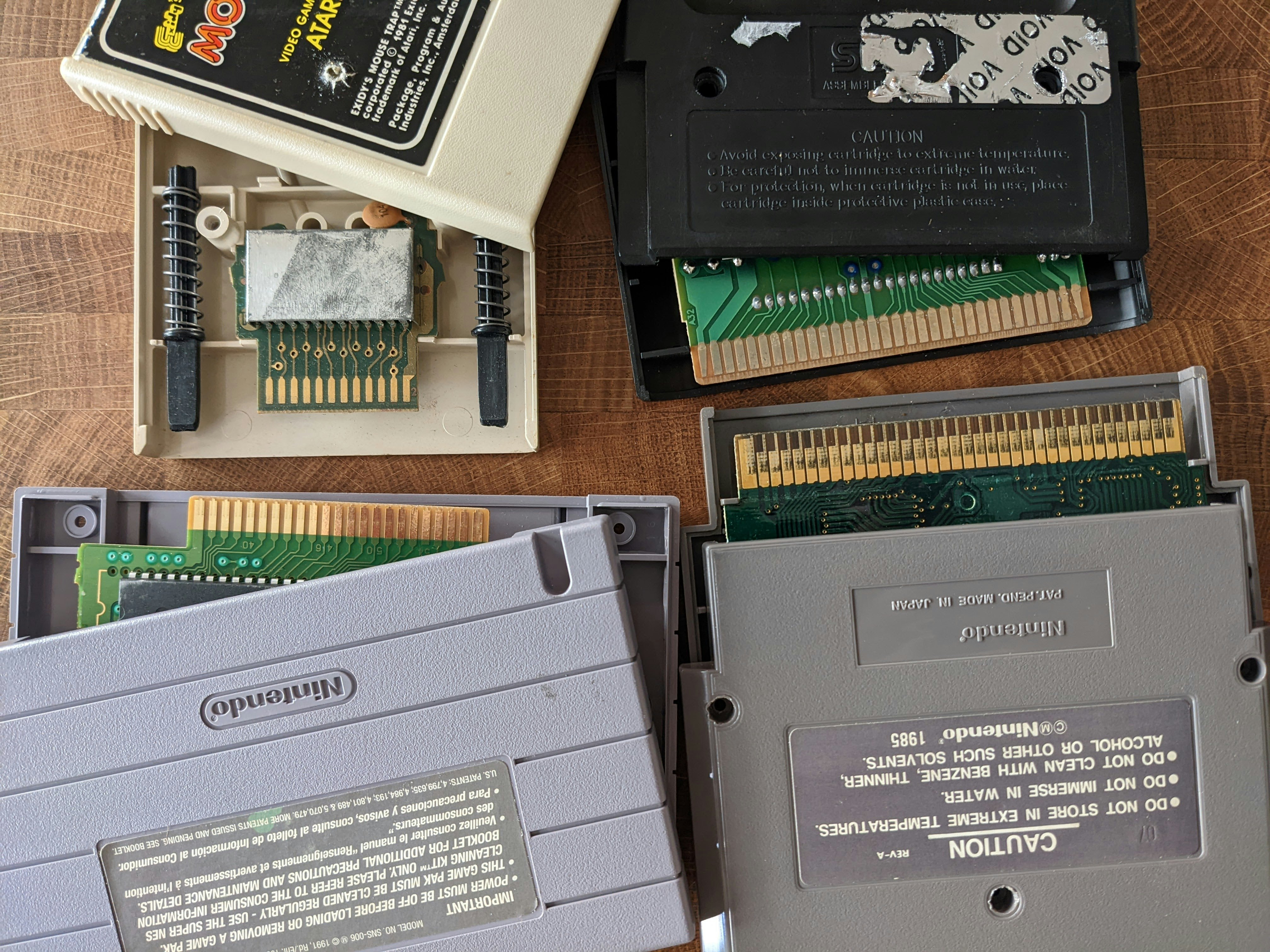
When it came time for the Nin-stradamuses to speculate on the Nintendo Switch (then known as the “NX”), their collective uncles who totally work there told them Mario would be returning to cartridges in a home console for the first time since 1996.
That prediction, unlike rumors it would resemble the Flatwoods Monster, turned out to be on the money.
Cartridges make sense for the Switch. Because the device is portable, they’re less likely to sustain damage while getting jostled around and don’t require the whirling energy of a disk drive.
Cartridges are also far more advanced than they were in the ’90s. The current Switch cartridge is capable of housing 32 GB compared to the 64 MB maximum on the Nintendo 64 — or just 10% of what a CD-ROM system like the original PlayStation could hold. Plus, Nintendo has this grudge about paying other tech companies to license their formats, preferring to keep control close with proprietary technology. It’s why the GameCube ended up with Tiny Tom Donut discs.
But how did we end up with the cartridge? The answer goes back to nearly the beginning of video games and an oft-forgotten console.
History of the video game cartridge
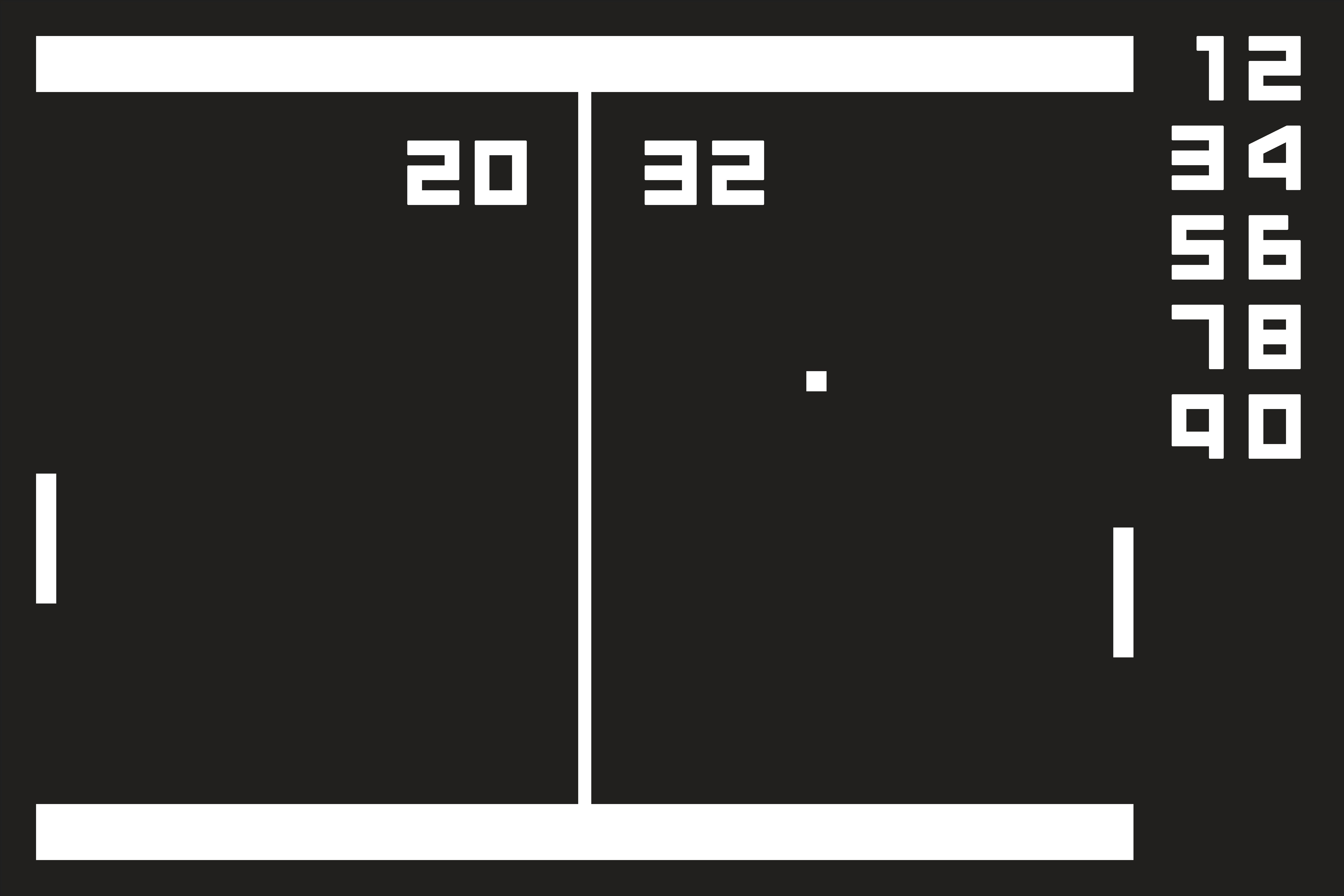
Cartridges are tough little imps by design. A history of technological progress and sour grapes. A format meant to bring players to vast new worlds but also survive being sat on.
Jerry Lawson is considered one of the fathers of video game cartridges. Born in 1940, he idolized George Washington Carver. Lawson’s grandfather was a physicist, but being brilliant didn’t get you very far when you were Black and living in a pre-civil rights America. Instead, he was a postman.
Lawson’s own father was a dockworker who chewed through science magazines in his spare time. Jerry’s parents were determined to fuel his interests in technology, placing him in better schools and filling his childhood with gizmos and radio kits. He sought the potential denied to his family.
Lawson joined Fairchild Semiconductor in 1970, taking him to San Francisco where Silicon Valley was sizzling. He warmed up to people ruling over the arcades, like Atari’s Nolan Bushnell and Pong creator Allan Alcorn. Before Fairchild had publicly begun to assemble a gaming venture, Lawson was squirreling away parts at home, making an arcade cabinet from scratch in his garage. Called Demolition Derby, he play-tested the game at a Campbell, California, pizza parlor in 1973.
“We were afraid.”
Released a year earlier in 1972, Pong not only introduced a world to arcade games, but its popularity caused a reevaluation in interest between consumers and computers. All the while, Wallace Kirschner and Lawrence Haskel, engineers working on automated bowling equipment, began to envision consumer gaming on a grander scale.
Kirschner and Haskel approached Fairchild with their home gaming pitch, hoping to tap into their wealth of parts and resources. One of Fairchild’s higher-ups, Greg Reyes, had caught wind of what was going on in Lawson’s garage and assigned him the project.
“It could be both a plus and a minus,” Lawson said of being a Black engineer in a 2009 interview with Vintage Computing’s Benj Edwards. “You got a lot of, shall we say, eyes watching you. And as a result, if you did good, you did twice as good, ’cause you got instant notoriety about it.”
Home video game consoles emerged during the ’70s. There were living room units of Pong. The first console with multiple games, the Magnavox Odyssey, was on store shelves by 1972.
They lived in terror of what consumers would put these things through.
The Odyssey didn’t use cartridges as we know them. This proto-console could only display three dots and a line, and its comb-shaped cartridges acted like circuit jumpers, gently nudging these internal assets within the hardware. Slightly more sophisticated than the plastic overlay sheets you’d place directly on the TV screen to pretend the dots were now on a racetrack or fighting a dragon. A step above shining flashlights at the ceiling and using your imagination, but not the future of gaming.
Ron Smith, who designed the first pocket calculator with removable memory modules, was added to Fairchild’s team. Their mission was to not only design a home gaming console, but one with removable read-only memory (ROM) cartridges for different gaming experiences, something that had never been done before.
Their inspiration didn’t come from the arcade. Instead, it came from a technology largely relegated today to thrift store bins: the eight-track player. But the cartridge was a little different: long, tough yellow plastic housing. Twenty-two gold-plated contacts hidden behind a spring-loaded hatch. Inside were chips, not tape, but it was a format built for durability. They lived in terror of what consumers would put these things through.
“We were afraid,” Lawson told Edwards. “We didn’t have statistics on multiple insertion and what it would do, and how we would do it because it wasn’t done. I mean, think about it: Nobody had the capability of plugging in memory devices in mass quantity like in a consumer product. Nobody.”
The first cartridge game console
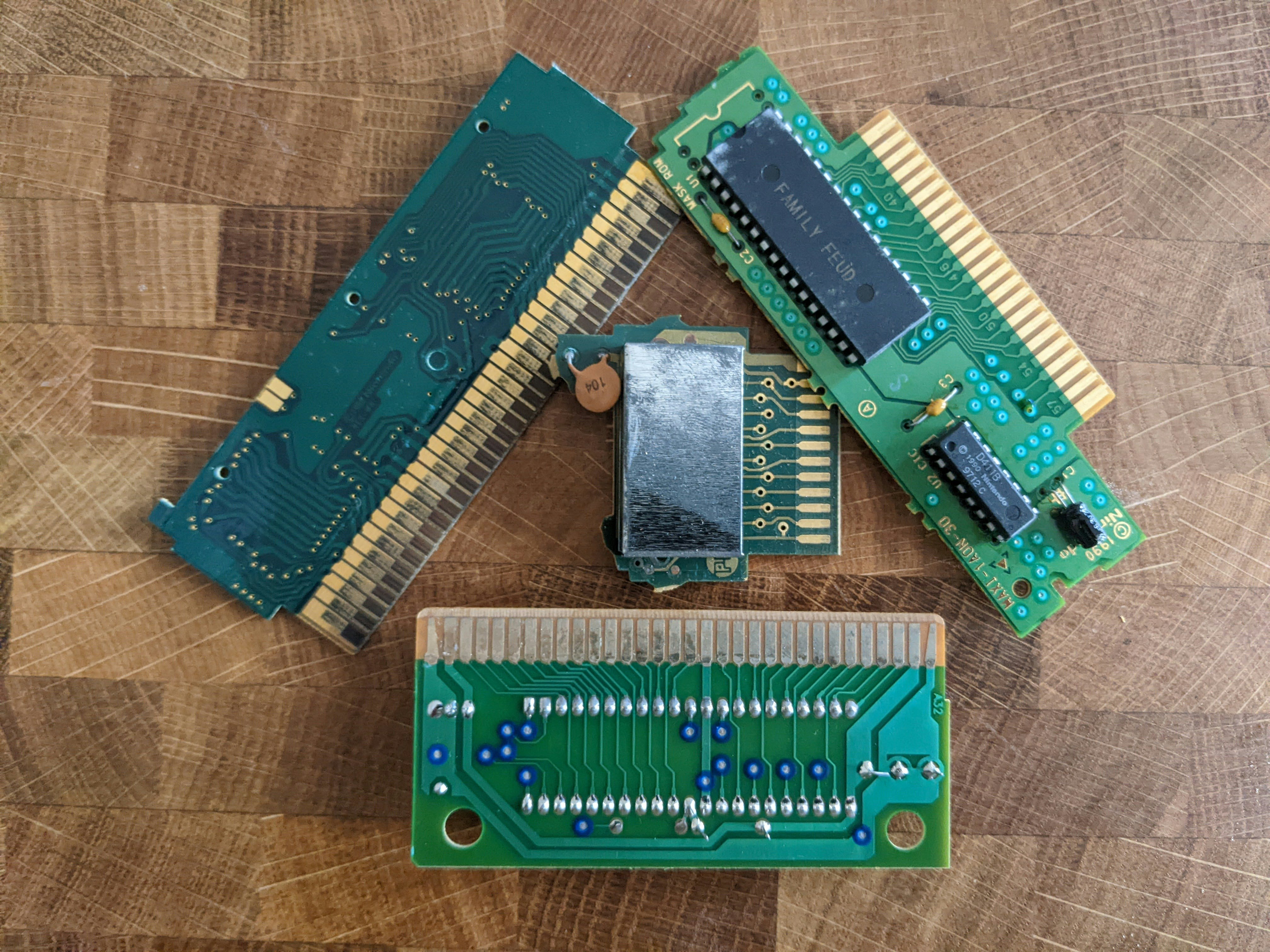
In 1976, Fairchild finally had its gaming console: the Channel F (the “F” stands for “Fun,” not “Fairchild”). It had a mix of sports games like Hockey, card games like Video Blackjack, and edutainment like Magic Numbers. It supported two wand-like controllers that featured similar movements to a Bop-It. Adjusted for inflation, the Channel F sold for $847.41. Lawson heard stories about consumers ripping cartridges apart thinking they needed batteries and dogs peeing on them.
Units moved, but it wasn’t a hot item. Being first can be rough. You already know the name of who arrived second.
A year later, Atari launched the VCS (better known as the 2600). Having watched Fairchild’s lukewarm reception, battles with the FCC, and even plucking Doug Hardy — one of their engineers — Atari followed up with a sleeker console — one with name-brand familiarity and a decade of game design expertise hoovering quarters in arcades across America.
But Atari’s biggest innovation came down to its cartridges.
“Atari’s mechanism to protect the edge connector was simpler than the one in Fairchild’s console,” Atari Archive founder Kevin Bunch tells Inverse. “Owing to the VCS’s immense popularity in the early 1980s, a pretty good number of people were familiarized with games coming out on cartridges.”
The video game market crash
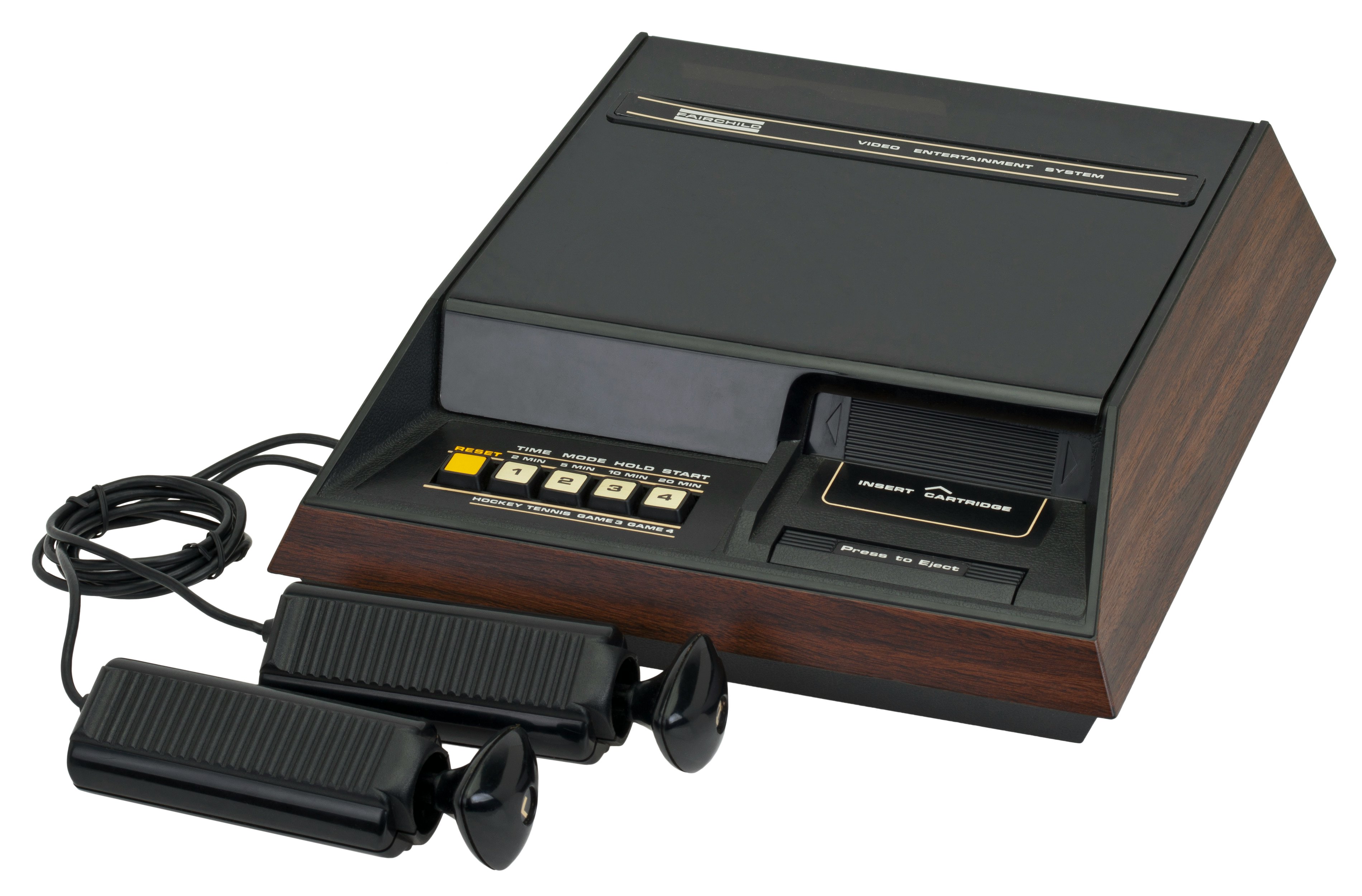
In the early ’80s, home gaming consoles exploded as quickly as they imploded. The boom of computer and toy brands, with games and ports incompatible with each other’s devices, confused parents. The deluge of undercooked games frustrated stores and children alike. The industry crashed in 1983, clearing the board, at least in North America.
Nintendo’s wildly successful Family Computer (or Famicom) came out that summer in Japan. Seeing the crisis from abroad, Nintendo carefully considered how to enter international markets. Many design and business decisions around the Nintendo Entertainment System (or NES) were done to avoid the West’s mistakes. The NES and its games resemble a VCR and its videotapes, tech familiar to consumers by the time of launch in 1985. Nintendo kept a tight leash on publishers, demanding quality control on software and a limit on releases, to much chagrin from third parties. Many fundamentals of cartridges continued with Nintendo.
The NES had 2 KB of RAM. The Atari 2600 had around 0.1 KB. Both performed beyond those limitations using one of the greatest tricks cartridges had to offer: bank switching. Consoles could only access a certain amount of data on a chip at any given time, but cartridges could be programmed to swap between ROM “banks,” allowing new assets and information to be loaded seamlessly. A game like the 2600’s Pitfall II used this more than the average game for vertical scrolling.
Nintendo not only used bank switching in their cartridges, but allowed developers to add additional logic chips, known as multi-memory controllers, to make bigger banks and push the NES to continuously outperform itself. Gradius’ had the CNROM chip, Mega Man had UNROM, and Super Mario Bros. 2 had MMC3, to draw just a few examples.
Believe it or not, Myst sold better than Doom.
This is partly why games at the end of a console’s shelf-life looked graphically unrecognizable to the ones at launch. This only got splashier with the Super Nintendo — most famously with the Super FX chip, which could render 3D polygons and effects for games like Star Fox, Doom, and Yoshi’s Island.
“The big advantage the NES (and Famicom) had over the VCS in terms of cart technology came from the pin connector for the cartridge slot,” Bunch says. “The VCS slot purposely had the read/write line removed to save money, which in turn made co-processors and additional cartridge memory difficult to include.
“To my knowledge, there’s no such issue with the Famicom, and to a lesser extent the NES, which allowed for advanced mapper chips and expanded audio in select Famicom games.”
Moving into the ’90s, game cartridges were coming in all shapes and sizes. Game Boy, out in 1989, had cartridges taking advantage of bank switching from the start, making the handheld feel like a miracle compared to portable single-screen games that came before it. In 1991, Neo Geo from Shin Nihon Kikaku (or SNK) had monstrous cartridges, four times the physical size of the SNES’. All the better to pump nearly 90,000 KB of exquisite pixel work for Metal Slug and Samurai Shodown, but impractical for most consumers to store or afford.
New cartridge-based systems came and went. From Sega. From NEC. Heck, even Atari crashed the party again with the Jaguar. Nintendo did not lose its grip on the market it had dominated since the late ’80s. At least, not until its most infamous, unforced error.
Believe it or not, Myst sold better than Doom. In 1993, the visually dreamlike and audibly vibey game clocked over 6 million copies sold. It wasn’t only a wake-up call that average consumers were using their personal computers to game, but they were also using their CD-ROM drives to do it. Cheaper to print than a hard-shelled cartridge and accommodating to games spanning multiple discs, hits like Day of the Tentacle, Gabriel Knight, and The 7th Guest made CDs look like the next exciting frontier.
The (almost) end of the cartridge
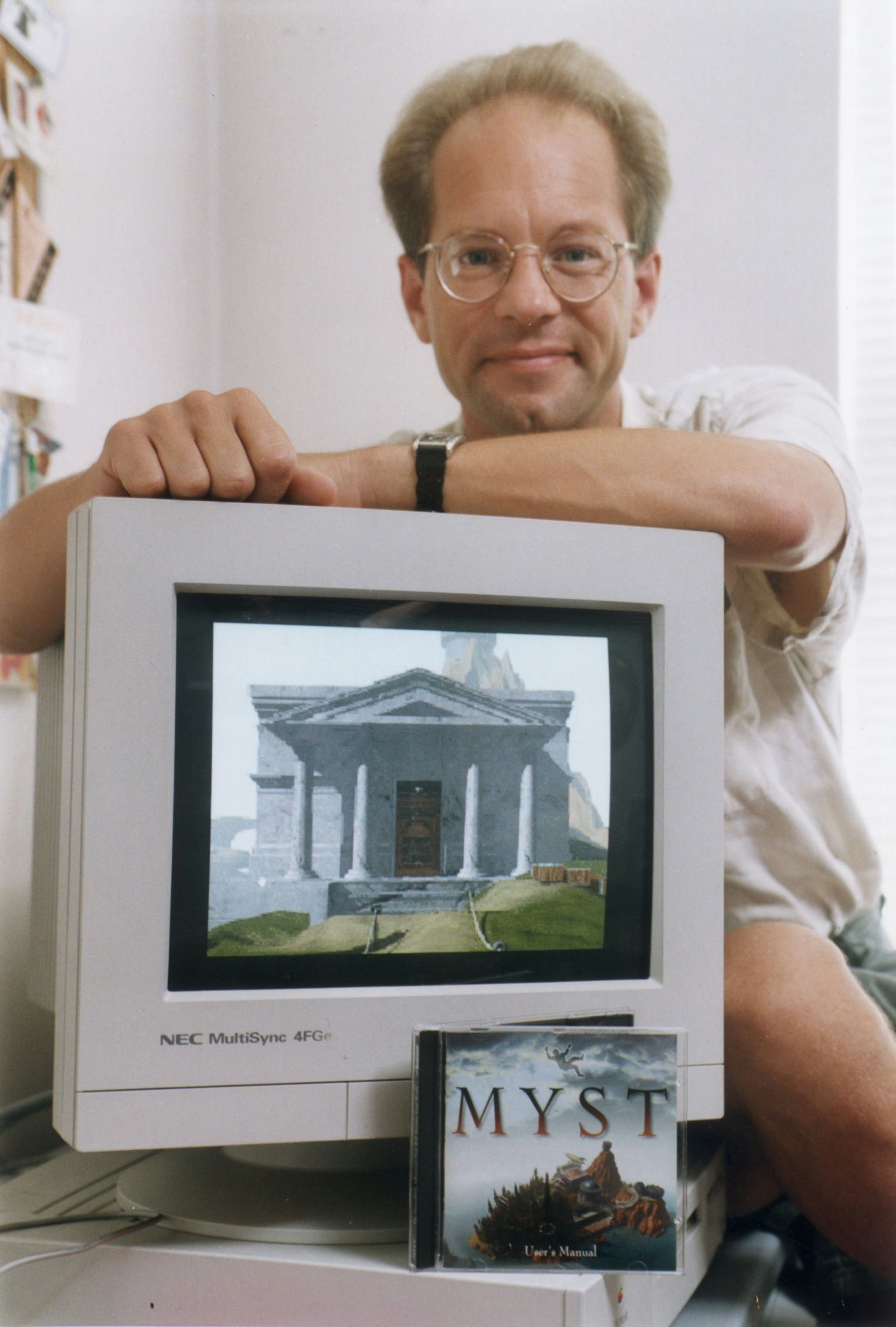
When Nintendo considered leaving cartridges behind, it approached Sony, experts in the field of multimedia compact discs and devices like their trademark Walkman. Together, they explored a CD-reading attachment for the Super Nintendo, a project informally known as the “Play station.” Things went sour when Sony discovered that Nintendo was seeking to source the discs elsewhere (remember that grudge about Nintendo and format licenses) and only intended to collaborate on the hardware.
The partnership crumbled. Nintendo briefly paired with Philips on a remarkably crappy device with remarkably crappy Mario and Zelda games almost unrecognizable to fans of either franchise. Sony launched its own console. Publishers like Capcom, Enix, and Squaresoft were intoxicated by the thought of multimedia CDs and not depending on Nintendo. Nintendo stuck with cartridges for the Nintendo 64, which were limited in overall capacity but had noticeably better loading times and draw distances. The N64 gave us some of the most revered games of all time — Super Mario 64, Ocarina of Time, GoldenEye — but the console didn’t hit Nintendo’s sales ambitions. The Nintendo PlayStation prototype sold at an auction for $360,000.
Jerry Lawson passed away in 2011. While the Channel F never gained the notoriety of Atari, he did live long enough to see his contributions celebrated by the International Game Developers Association and the Strong Museum.
Cartridges now serve a much more niche purpose. Chip technology is rapidly improving, but not as fast as disinterest in hard copies. Hardware sales remain strong, but retail software sales have narrowed. Some players see the rope burning at the other end: Aging digital distribution services are being retired, taking hundreds of games with them. A new boutique market for collectible cartridges — with platforms like Limited Run, iam8bit, Super Rare, or Black Screen — has emerged in its place.
PlayStation and Xbox have current console iterations with no disc drive whatsoever. As far as hard copies go, Nintendo has ridden the cart for a long time. Its DS line of systems did laps around Sony’s PSP, which struggled to bring discs to the portable experience without turning them into projectiles. Looking forward, it seems unlikely game cartridges will reclaim any territory beyond their shrinking, Nintendo-based island. Will they vanish entirely? Hard to say, but I do know they can fall a couple stories and keep going. They’re stubborn like that.






